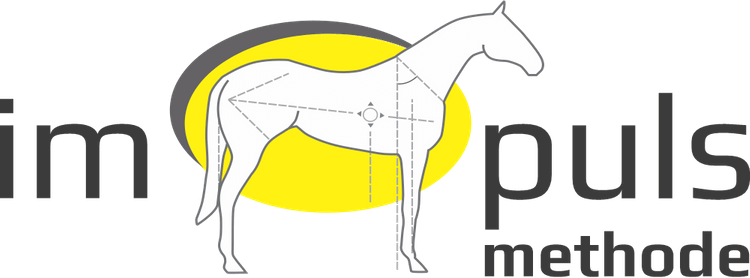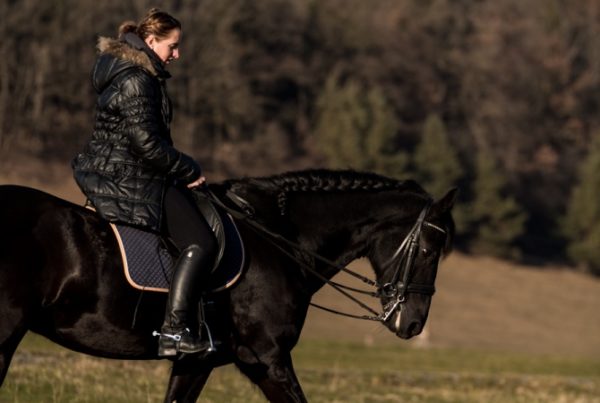Cross-training - why and how?
Did you know that cross-training offers numerous physical, mental and emotional benefits for your horse? Why? During training, the different body systems interact with each other. Whilst this is beneficial for fitness, it can limit performance.
Cross-training activates different muscle groups with different gaits and actions, which is good for your horse. Carried out regularly, it supports muscle development, maintains general fitness, supports your own body awareness and concentration, and makes training a real pleasure for you and your horse. It no longer feels like work!
Poles can be included in the work with all gaits. They help the horse to learn to lift its legs and activate the hindquarters. Thrust from the hindquarters is particularly important for efficient energy distribution during movement.
Tip 1 - Ensure variety with the pole position. This increases concentration. Change the set-up regularly. Once your horse has got used to working with the poles, you can start working with low cavaletti and poles raised on one side.
Dressage manoeuvres such as leg yields and lateral movements (traverses and renvers) activate the back and hindquarters. These exercises strengthen the horse's muscles, help to lift the hindquarters and support gait elasticity.
Tip 2 - Do these exercises in stride during the warm-up but only after the first 10 minutes. Remember that good technique is essential if you want to achieve the desired effect. Once you have a sound technique, you can do these exercises with your horse in all gaits.
Trail riding is great for the cardiovascular system and improves fitness in general. Go for long rides with a healthy mix of trot and canter. It is very good for your horse to be allowed to move "naturally", freely and only forwards. This has a refreshing effect on mood and mind.
Tip 3 - Ride without collection on the long rein. This is particularly good for your horse in canter because it can then stretch and lengthen other muscles.
It is important for your horse to learn to walk on a double lunge or long rein. I recommend this for younger horses. Lunge work can be positive for older horses and I do not recommend it for horses under the age of six, except for double lunging.
Tip 4 - For particularly good results, I recommend combining work on the double lunge/long rein and on the lunge line with pole work. The horse should be kept in a good frame on the lunge or long rein. Long and deep to encourage lifting over the hindquarters and thus muscle development.
Active gymnastic exercises can be performed from the ground or under the saddle. These exercises promote flexion and extension of the muscles and mobility of the joints. The exercises are a combination of muscle contraction and muscle stretching to promote all muscle and joint functions.
Tip 5 - Incorporate active gymnastic exercises into your riding programme at least three times a week. A horse with good movement performs its exercises in a controlled and balanced manner. I recommend that you choose a different theme for each session. For example, head and neck exercises on one day and exercises for the back or hindquarters on other days.
For the best results, incorporate all aspects of cross-training into your programme at least once a month.




